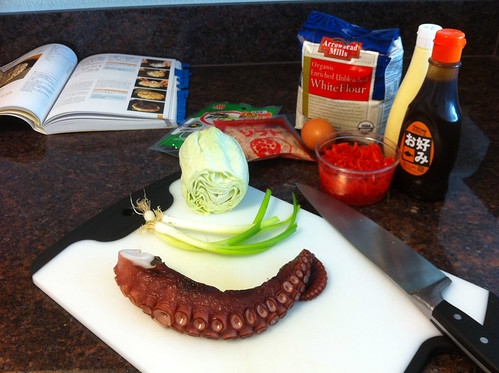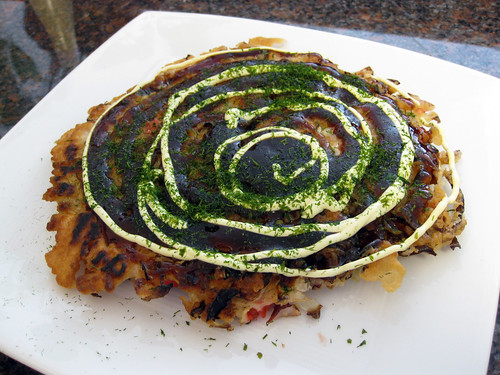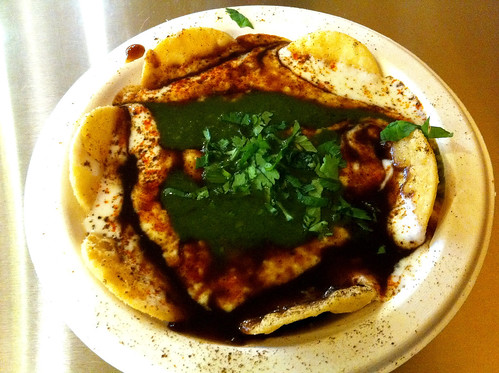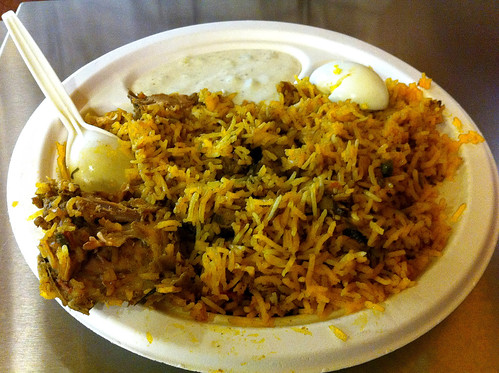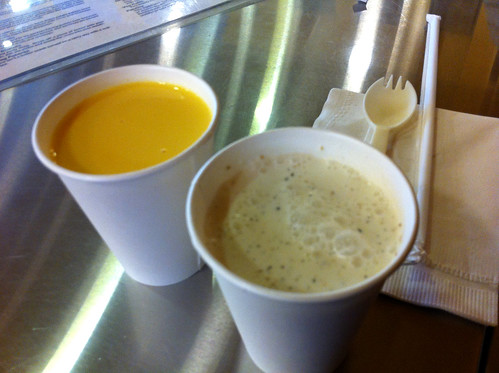You might not know this, but mortadella is very much an Iranian food. Sure, it may have originated in Italy, but for me and countless other kids in the Iranian diaspora, we grew up eating garlic and pistachio-flecked mortadella, wrapped up in lavash and enjoyed with a side of pickled Persian cucumbers.
It’s this childhood nostalgia that compels me to seek out new variations of mortadella wherever I can find it, and Boccalone in San Francisco’s Ferry Building is doing amazing things with it. (Not to mention a whole cornucopia of other high-quality cured meats.) Run by Chris Cosentino of Incanto fame, one of my favorite things to do is to buy a sandwich at Boccalone and enjoy it in front of the pier. (The shop does not have a seating area.)
During my last visit, Boccalone was carrying their seasonal truffled mortadella, so I shared a sandwich with a friend. Stuffed with provolone, lettuce, tomatoes and mortadella and encased in a crispy baguette, the sandwich was perfect except for one thing: too much mustard. I mean, it was terrific, whole-grain mustard, but whoa. The mustard was so strong that I couldn’t taste the truffles.
Despite the overzealous mustard incident, Boccalone is still one of my favorite sandwich shops and I’ll be back the next time I’m at the Ferry Building. Their menu is always changing so I know I’ll be in for a surprise. Just go easy on the mustard, thanks.


